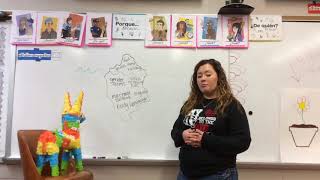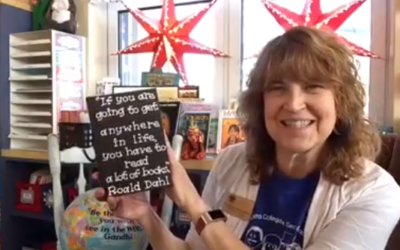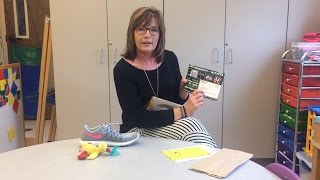Methods of Teaching How to Tell Time in Multiple Languages
Colby Patton | Oxford High School | Oxford, Kansas
Colby Patton describes different activities used in her Spanish class to teach how to tell time; these methods can be used in teaching English, as well as any other language being learned.
Read Transcript
Hello, my name is Colby Patton, and I teach seven through twelve Spanish classes. And I’m going to talk to you about different ways to teach students how to tell time in Spanish. Um, these methods could definitely be applied to English learners as well. So, in Spanish, I do two different ways that you can practice how to say time. One of them is I use these little plastic Easter eggs that are different colors and so, I have them all spread out broken up throughout the room. And on one half of the Easter egg I have the hour and on the other half of the Easter egg I have the minutes. And so, I’ll have two or three students in the classroom and I tell them, Verde y morado and they have to find a green piece and a purple piece, match together, and then tell what time is written on the Easter egg first. So, they could say so las cuatro menos veinte de la tarde, or they could say it is three thirty-six pm. So that’s one method I use for them to practice saying the time in Spanish or English. Another method I use is, I call these board races, and I’ve got two students up here with their backs against the wall and I tell them a time in Spanish so maybe, so las doce. Or it is twelve. And when I say go they have to be the first ones to draw that time on their clock. So, this is a good way to visually have them work with using an analog clock whereas, with the Easter eggs there using a digital clock with the numbers already written there. So, again these can be used with Spanish or English classes, and they’re a great way for students of all ages to get up, get moving, and get their hands-on work instead of just doing kill and drill practices.
Help teachers and children
worldwide by sharing how
you teach.
A global movement of people sharing knowledge and learning from each other, to better educate our children and create hope for the world.
A global movement of people sharing knowledge and learning from each other, to better educate our children and create hope for the world.






